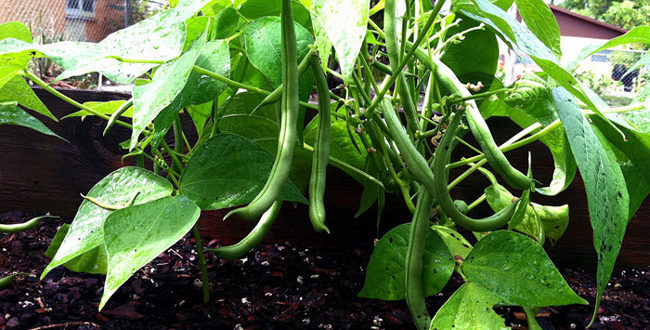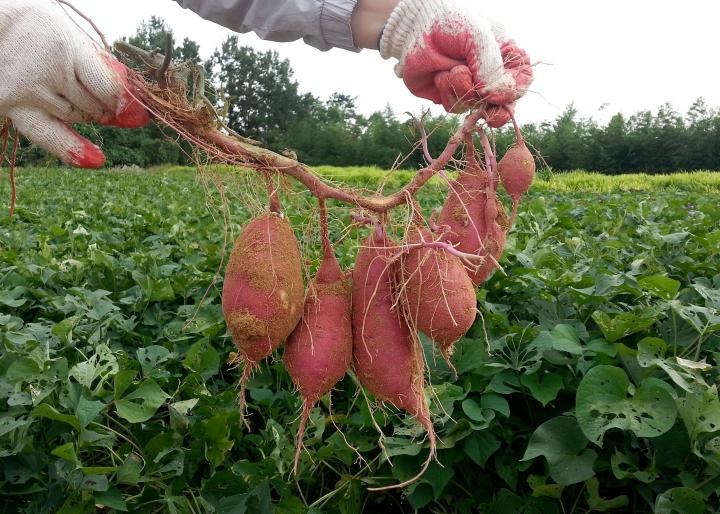BCG Presents…Cultivation Conversations
 Hello friends and gardeners! Welcome to the Biddeford Community Garden’s 2024 blog series. Here, you can read about the ways BCG is working to bring our mission statement to life and how you can get involved in these efforts! Featured topics include our community collaborations, upcoming events and workshops to attend, gardening tips, a focused installment on gardening’s impact on mental health, and much more!
Hello friends and gardeners! Welcome to the Biddeford Community Garden’s 2024 blog series. Here, you can read about the ways BCG is working to bring our mission statement to life and how you can get involved in these efforts! Featured topics include our community collaborations, upcoming events and workshops to attend, gardening tips, a focused installment on gardening’s impact on mental health, and much more!
At Biddeford Community Gardens, we are devoted to building and sustaining a vibrant, healthy, and equitable community through the creation of safe green spaces where residents can grow food in a supportive and educational environment.
The main focus of our work is to address food insecurity within our Biddeford neighborhoods. By collaborating with organizations like the Biddeford Food Pantry, Youth Full Maine, and the Bon Appetit Meal Program, community gardening is an opportunity to positively impact your neighbors. We encourage volunteers and donations of all kinds!
Education and inclusivity are important in our approach to community gardening and with the help of our Garden Team, supported agricultural opportunities can bring together our diverse populations. Not only does gardening restore weakened relationships with the Earth, it encourages awareness and understanding of those that share our place here in Maine. By including Biddeford’s City government, schools, and Nonprofits within gardening projects we hope to create a stronger localized food system that persists well into the future!
Along with this blog, our Biddeford Community website offers a number of resources to help you navigate our garden network. For new and returning readers, I encourage you to explore the site and learn all about BCG! For now, here is some general information found on our site:
Our current garden network consists of 4 main locations:
Mission Hill Community Garden– 39 Sullivan Street
Pierson’s Lane Children’s Garden– 61 Bacon Street
Rotary Park Community Garden– 550 Main Street
William’s Court Community Garden– at the intersection of South St. and Green St.
For more info on these gardens, click here.
Interested in getting involved, learn how to join BCG.
Want to support Biddeford Community Garden’s mission? Consider making a donation.





 Leaving your garden clean-up for spring?
Leaving your garden clean-up for spring?